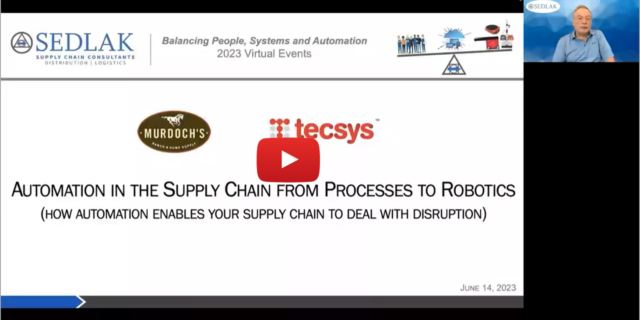Peak Season is right around the corner. Is your team ready?
September 8, 2021 By: Raj G. Tadipatri | Topics: Operations Improvement, Productivity & Labor.png)
Peak Season 2020 was enlightening for many businesses that depend upon distribution and transportation. The COVID-19 pandemic meant social distancing and quarantines, which negatively affected supply chains via labor shortage and volume limitations set by vendors. Many people who had never shopped online chose to do so as not to risk exposure to the virus, and businesses felt the pressure to get goods out. The resulting rise in ecommerce meant supply chains needed more inventory and more laborers to meet deadlines for shipping goods. Some business were simply not prepared.
In past seasons, peak season was consistent. But when the pandemic hit, many companies experienced a new, unanticipated peak season. If last year taught us anything, it’s that it’s never too early to plan. In fact, the best time to start planning is immediately following peak season – but now is better than never! Part of planning is documenting lessons learned—what worked and what didn’t last time around—to see where the gaps are as well as anticipate a rise in orders and possible changes in vendor limitations. It is important to discuss a strategy cross-functionally, including your vendors, so everyone who is a part of the process is ready to do their part when the time comes. Make sure to monitor progress and timelines, perform regular business continuance testing and maintain a disaster recovery plan.
Focus on systems, for they are key. Technology, machinery and allover network systems are critical to a company’s success during peak season. Cross-functional dependencies need to be discussed as IT and operations need to work together. Also, keep in mind that you don’t want surprises during peak. Machinery will break from wear and tear because of the volume being processed during peak. For example, if a belt breaks, you need to have the right part at the right time. Do you have a backup plan? Do you have the tools and systems you need to be successful? Be proactive and develop an emergency contact list to get the support you need.
Labor management is extremely important. Some companies are starting to hire seasonal help as early as August. If you don’t have enough labor, what is the next best solution? Give some thought to automating your current processes. Would robots save you time and money picking and packing? It’s worth looking into.
Another way to supplement your existing resources is to enlist the help of a consulting firm. Consultants can help with systems, process improvements, replacing machinery, system selection and implementation, robotics, gap analysis, and more. Consider the gap analysis, which is identifying and offering solutions where there are holes in fulfillment or distribution systems and processes. Consultants will listen first to your company’s specific needs, analyze company data, and provide individualized solutions to enhance business processes. Whether the identified gap is with labor, systems, technology or machinery, consultants assist companies in strategizing workflows and offering efficient and streamlined processes.
Need help planning for peak season? Sedlak Consultants are ready to help. Contact Director of Client Services Raj Tadipatri at rtadipatri@jasedlak.com for more information.





